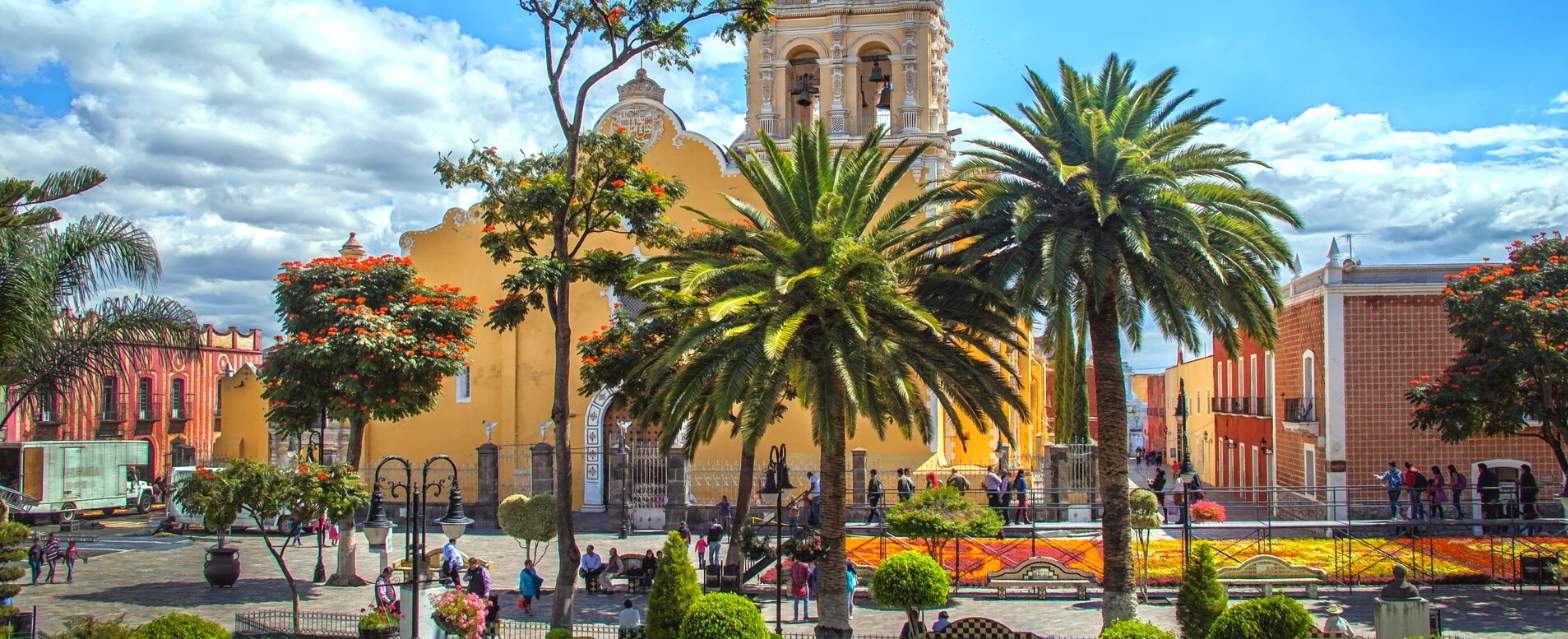This is the ultimate guide to everything you’d want to know about grocery stores in Mexico.
Let’s face it. Buying groceries from your favorite grocery store is a kind of creature comfort. They might carry your favorite brand of yogurt, bread, or tasty snacks. And moving to a new and foreign place will likely mean leaving some of those comfort creatures behind.
Grocery shopping in Mexico can feel like the most foreign thing you’ll have to do. Reading labels in Spanish, learning nutrition labels in their Mexican formatting. Weighing things in kilos and not pounds. Everything is different.
Luckily, grocery stores in Mexico are stocked with items similar to those you would find back home. That way, you don’t feel totally foreign in your new home. Here are some notable things about supermarkets in Mexico.
Membership Supermarkets in Mexico
Just like in the U.S., Mexico has Costco and Sam’s Club.
Most of the items sold at Sam’s and Costco are regional, with some imported brands. Even though you will see the same brands like Kirkland and Members Mark, you shouldn’t expect to see the exact same things you’d find back home. For example, it’s common to see some imported brands like Doritos. Still, it will be in some form of a Mexican twist. (Like Doritos Pizzerola, a regional flavor.) What you will find is the consistency in having a stock of the same things. Unlike other grocery stores in Mexico, which I explain later, you can shop at these stores knowing you’ll find what you bought last week. The benefit of shopping at members-only grocery stores in Mexico is finding the shelves stocked and receiving a small discount for shopping in bulk.
However, the cost of buying imported foods, only for their brand name, can be expensive. The prices can be double what you would pay for the same brand back home. For example, a particular brand of creamer like Califia Farms sells for $190 MXN (~$8 USD) in Mexico. Compared to the U.S., you’d get the same creamer for $3 bucks! That’s more than double the cost. But, if you’re willing to buy the local brand (which, in my opinion, tastes the same), you’d only pay $80 MXN (~$4 USD). Items like these add up in your grocery cart, and the savings you accumulate for buying a Mexican brand will really add up.
Membership Costs
What really surprises me is the cost differences in membership at Sam’s and Costco Mexico vs. Sam’s and Costco in the U.S.
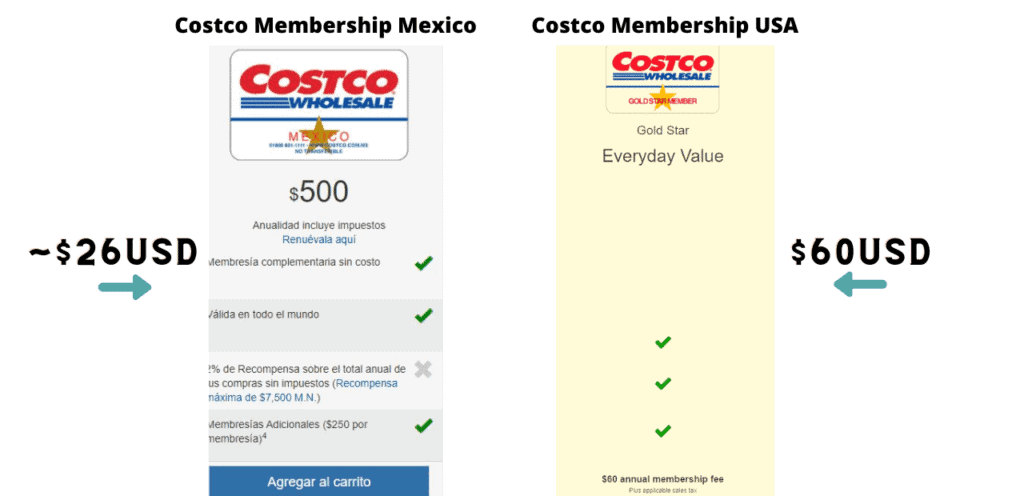
Sam’s Club Mexico
A basic membership at Sam’s in Mexico costs $500 pesos or about 26 dollars. You can use your membership worldwide, including in the U.S. and online. The same membership in the U.S. costs doubles at $50.
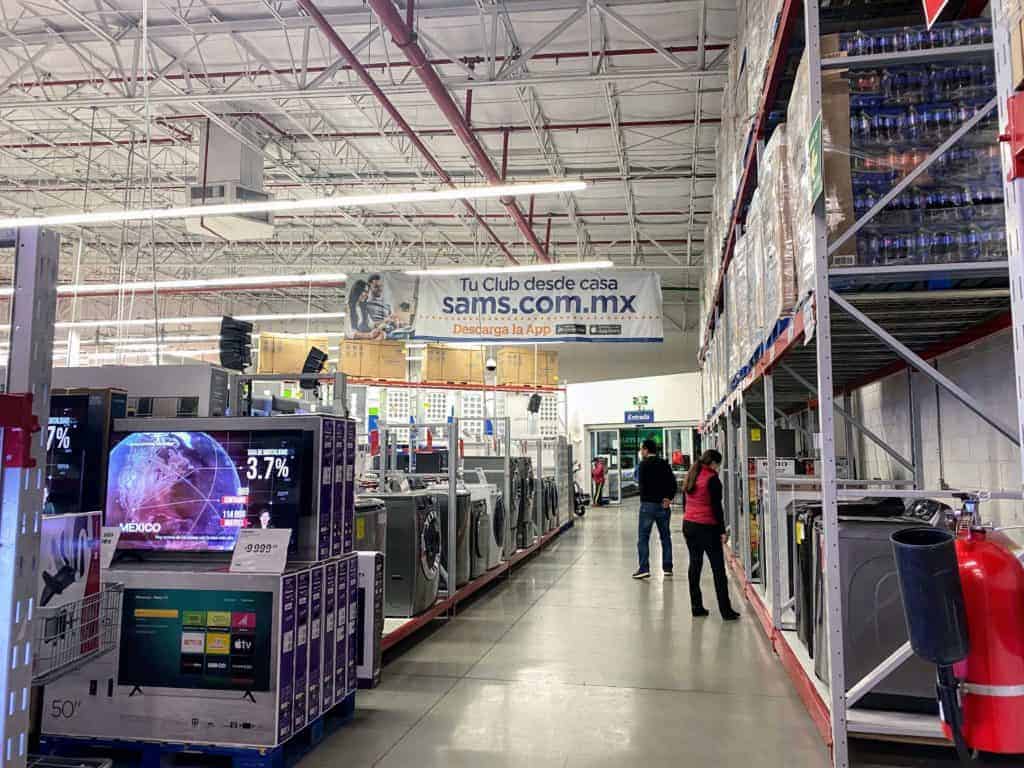
Costco
A membership at Costco in Mexico costs $500 pesos or about 26 dollars. And you can use your membership worldwide. The same membership for Costco in the U.S. is 60 dollars, more than double! So, when I say that the cost of living is lower in Mexico, I can’t find a better example to back that statement. The same memberships in Mexico are 50% less than in the U.S.
Learn How to Move to Mexico and Have a Better Life for Less! Check out our Complete Mexico Relocation Guide.
Big Box Supermarkets in Mexico
Its proximity to The United States makes a living in Mexico extremely attractive to many expats. But another great benefit of the two countries being so close are the availability of some common retailers all over Mexico.
Walmart
Walmart in Mexico is just as large and well-stocked as its cousin in the U.S. You’ll find food and retail all under one roof. The Great Value brand is sold by Walmart in Mexico. Their low prices are also very competitive with some local Mexican brands.

HEB
If you’ve ever shopped at H-E-B in the U.S., then I know you’re going to be super excited to learn that HEB is quickly expanding in Mexico. With locations all over Nuevo Leon, Guanajuato, and Coahuila, you’ll surely have one nearby if you live in one of these states. In my opinion, HEB is unlike any other grocery store. The quality of products is consistent with its American brand. In addition, they carry a large range of organic products at a fraction of the cost of other retailers. HEB in Mexico also carries some local and regional products and showcases some of the local farmers with this in mind.
Local Chains
City Market
City Market is as if Whole Foods had a child with a high-end retailer like Gucci, and they made it into a grocery store. Their stores are not only beautiful, well-lit, extremely clean, and fully stocked. But they are targeting a demographic with deeper pockets also. The advantages of shopping at City Market are things like finding expensive cuts of meat, wild fish, and rare imported foods.
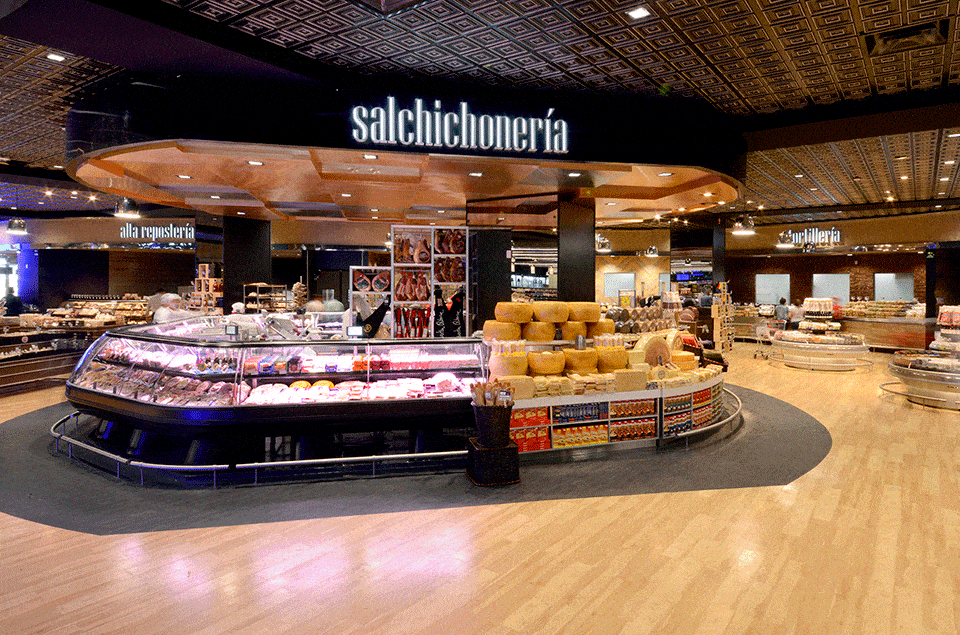
La Comer
La Comer is a sister store to City Market. The same company owns them, but La Comer’s demographic is certainly middle class. Their prices are a bit more affordable than City Market. But I find that their stores are still very beautiful in most cities. They also have a good curbside delivery and home delivery service that you can do through their app. They have a pretty good loyalty program where you can accumulate points you can use for in-store purchases for every $100 MXN spent. La Comer has a variety of prepared foods you can buy by the kilo. You won’t have to worry about making dinner ever again.
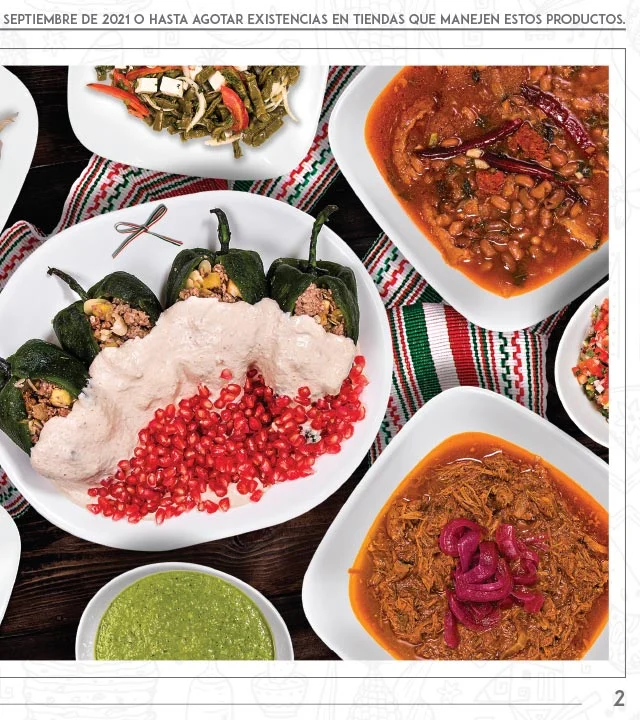
Soriana
Soriana is a local Mexican grocer that is known as a discount grocery store. They offer some of the lowest prices on meat and fish. They are unique in that they have packages where you get free items when you buy certain things in-store. Soriana also has a good rewards program. They give you points for every purchase, offer you member-only pricing on certain items, and also give you free medications after you’ve met certain criteria. They also offer home delivery and curbside pickup in certain locations. You can shop online through their app.
FREE MOVING TO MEXICO CHEAT SHEET
Buying Local
Mercados (Farmer’s Markets)
Throughout Mexico, one of the most economical ways of buying food is at your local Mercado. A mercado is like a farmer’s market. Every stand pays a fee to set up their food, spices, vegetables, and fruits. Depending on which city you live in, some run weekly, and some run daily. Usually, they run from 7 AM- 4 PM, but the actual time in your local area may vary. Mercados are the best way to expose yourself to the varieties of foods and produce found only in Mexico. Not only is it the most economical way of buying food, but it is the most direct impact you can have on the local economy. Cash is king in a local mercado, so be prepared with actual pesos. Credit cards are not a common way of paying here and will most likely not be accepted. You should also carry your own bag since most vendors will not supply you with one since Mexico passed a law banning single-use plastics.
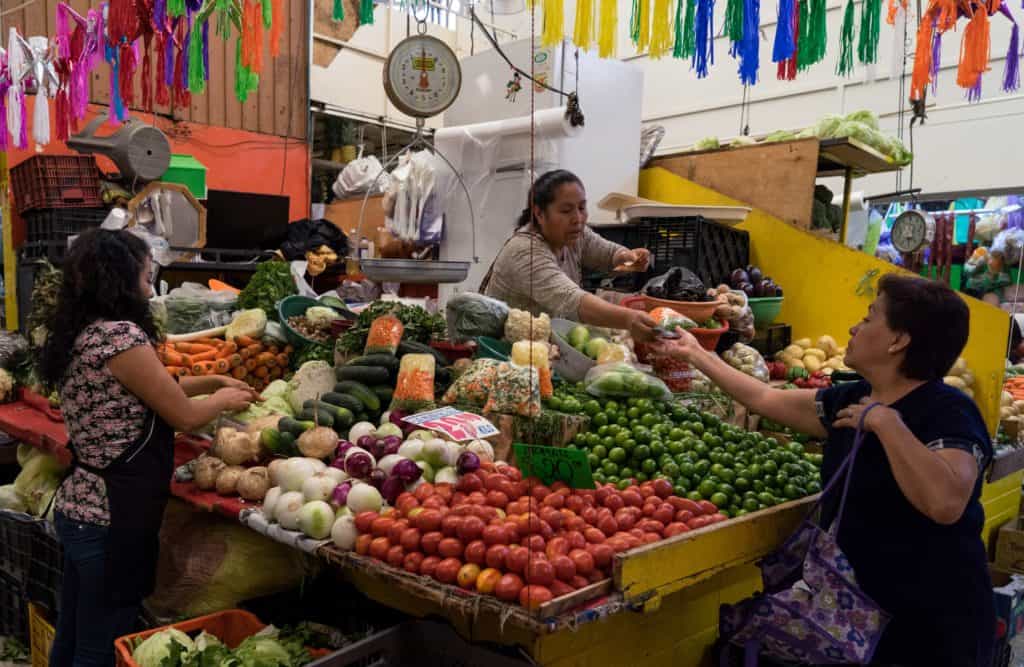
Tienditas (Small Convenience Stores)
If you’re in a hurry and your local Mercado isn’t open, the fastest option to get a few products like milk, eggs, tomatoes, onions, tortillas, or soap is to buy them from a small convenience store. Throughout Mexico, you will likely see the brand Oxxo as the leader in convenience stores. But in more rural areas, these small convenience stores will be locally owned and not franchised. They normally carry the very basics, and there is usually one within walking distance of most neighborhoods.
Tianguis
The word tianguis comes from the Nahuatl (the language of the Aztecs) “tianquiztli,” which means marketplace. It differs from a “mercado” in that the mercado has its own building and functions every day, whereas a tianguis is set up in the street or a park for one day of the week. In a tianguis, you can also buy freshly made tacos, quesadillas, pozole, and various other foods from the local food stands. At most tianguis, you will absolutely need to carry cash. You may also need to carry your own bags as most places and retailers in Mexico no longer give you bags.
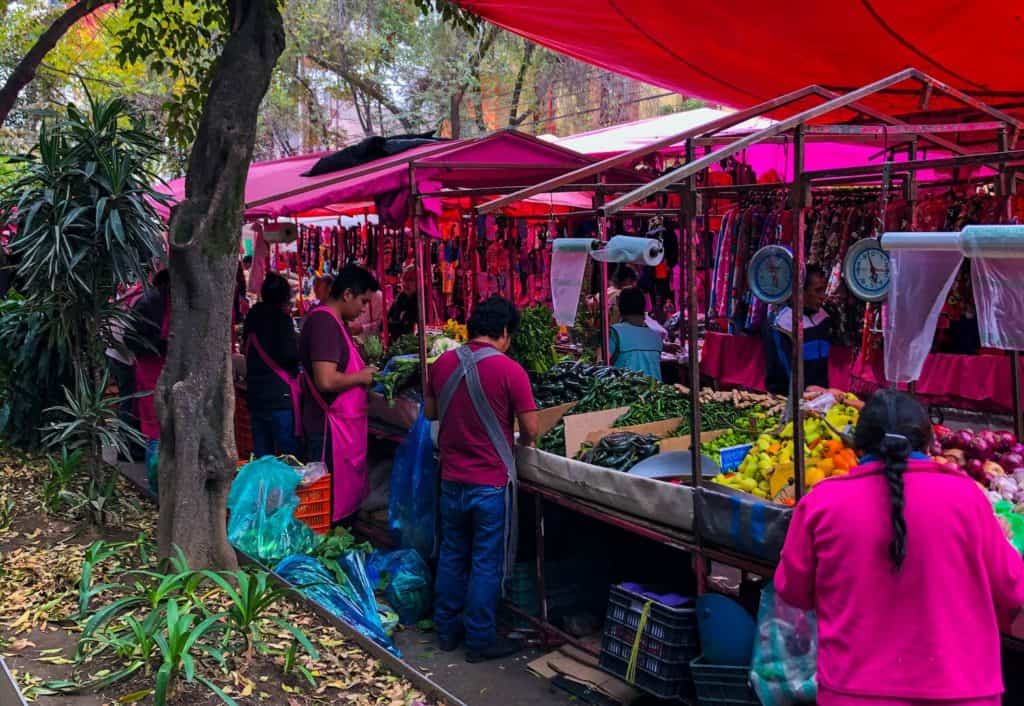
Side Of The Road Stalls (Puestito)
And sometimes, you may have a side-of-the-road stall or stand selling fruits and vegetables for the day. This is probably the most direct way you can impact your immediate local economy. These stands are usually owned by a local who sources their produce from a nearby farm or owns the farm themselves. You can usually buy fruits and vegetables at the lowest cost at one of these stands. And bartering for prices is completely normal practice. But be mindful that whatever the vendor sells you their items at directly affects their pockets.
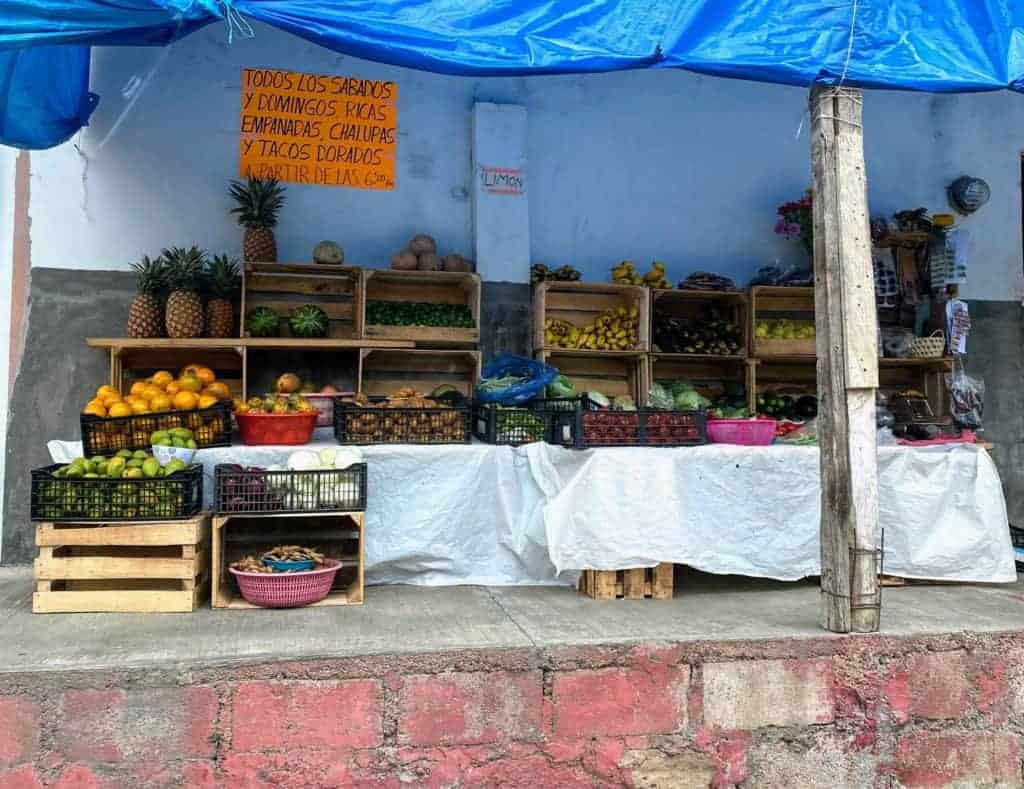
Other Tips Worth Mentioning
These are some other tips that I think are worth mentioning:
Stocking up when you find your favorite foods
When you find your favorite food at a store (for some of you, it might be that jar of Skippy Peanut Butter you love), make sure you stock up. You might think that because it is in stock for one week, it’ll permanently find its way to that grocer’s shelves. But you would be mistaken to think that. In some cases, even Mexican brands are never re-stocked. So, if you find something you love and you see it on a shelf, stock up!
Bagging your bags is done for tips
Grocery baggers in Mexico, known as “cerillos” oftentimes don’t have a set wage or salary through the grocery store. They usually work for tips. When you are checking out, you will notice that most of the baggers are young kids, usually still wearing their school uniform. They earn this money to help out their household. Don’t assume they get paid as most do not. Tipping is a must and can be done at your discretion. However, 2-5 pesos is normal for 2 bags. If you have 3 or more bags, you can tip a little more.
So now that you are a grocery store expert in Mexico, you’ll be able to arrive in a city and have a better understanding of which grocery stores, mercados, tianguis, or stands you’d like to visit and what you can expect.
Let me know, did you learn anything new?
Learn How to Move to Mexico and Have a Better Life for Less! Check out our Complete Mexico Relocation Guide.





